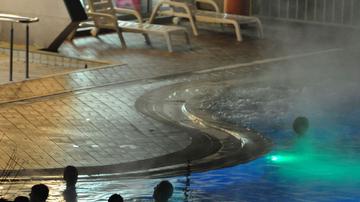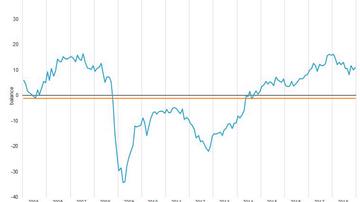
On 9 May, which is celebrated in the European Union as the Europe Day, the Statistical Office prepared a publication presenting the position of Slovenia compared to other EU Member States. Where appropriate, we expanded the comparison, particularly to other countries from the territory of former Yugoslavia and EFTA countries. Countries are compared by classical macroeconomic indicators such as inflation, GDP, general government debt, unemployment, etc., as well as by some other everyday indicators that are more understandable to the general public such as fuel prices, size of dwellings, number of cars, number of physicians, wine production, tourist arrivals and many more.
Each country is unique, almost each one stands out in some way, but in many ways they are similar. What is the situation in individual countries? Households in Slovenia spend the greatest share of their disposable income on personal mobility. In addition, Slovenia has the highest share of land area protected for biodiversity. And what is the situation in our neighbouring countries? Croatia was the last to join the European Union and is also the country with the lowest share of people with basic education or less not included in education or training. Austria has the highest number of physicians per 100,000 population. Italy has the highest share of people aged 65+ and is the largest importer of electricity. In 2015 Hungary was second behind Sweden as regards annual growth of dwelling prices.
You can find more data and comparisons in the publication that is available here.

































































